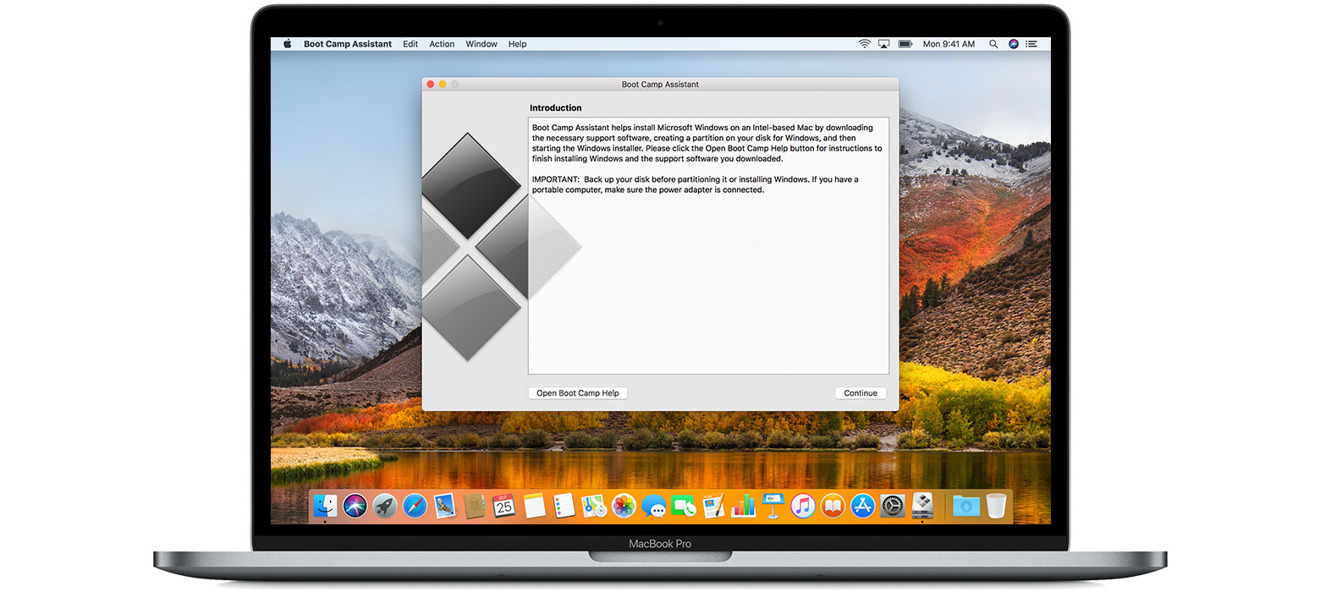
Other resources like telegram, infect we are providing download links directly in telegram. There other ways to download macOS Big Sur beside GigmacOS, like the App store. Mac OS X El Capitan sudo /Applications/Install\ OS\ X\ El\ Capitan.app/Contents/Resources/createinstallmedia -volume /Volumes/ MyVolume -applicationpath /Applications/Install\ OS\ X\ El\ Capitan.app MacOS High Sierra sudo /Applications/Install\ macOS\ High\ Sierra.app/Contents/Resources/createinstallmedia -volume /Volumes/ USBName MacOS Mojave sudo /Applications/Install\ macOS\ Mojave.app/Contents/Resources/createinstallmedia -volume /Volumes/ USBName MacOS Catalina sudo /Applications/Install\ macOS\ Catalina.app/Contents/Resources/createinstallmedia -volume /Volumes/ USBName MacOS Big Sur sudo /Applications/Install\ macOS\ Big\ Sur.app/Contents/Resources/createinstallmedia -volume /Volumes/ USBName Open Terminal and paste the following command, and instead of USB Name type the USB name. The process is essentially the same for all macOS versions up to and including the latest macOS Big Sur.Choose Show all devices, choose the USB Flash drive and then press erase and clean the USB with following settings. Let’s look at the overall process of creating a USB installer for Windows 10 on your Mac. And if you’re already a pro, it puts several other ISO tools at your disposal, as we’ll see later on. Even if you have absolutely zero experience creating a bootable Windows 10 USB installer in macOS, all it takes is a couple of clicks to get you there. The one major reason this software comes highly recommended, even by professionals, is that it is extremely simple to use. The Easier Way to Create Bootable Windows 10 USB on Mac: UUByte ISO Editor That’s what the next section talks about. If you want to avoid going through all that trouble just to create a Windows 10 USB installer on Mac, the best alternative is to use a third-party application that does all the heavy lifting for you. Even worse, you may end up breaking your Mac if you run a wrong command because you’ll be doing all of this in administrator mode. What you’ll end up doing is reading dozens of forum posts trying to find the exact solution to the problem you’re facing… and there’s no guarantee it will work. Unless you have some experience using command-line tools, this is going to be a painstaking process where anything could go wrong and there’s no customer support to bail you out. However, that involves using Homebrew on your Mac.

This is the reason why we have to cut install.wim into small pieces that is less than 4GB in order to sit on a FAT32 partition.įor that, you need an open-source utility like wimlib. Tips: NTFS is not supported by Mac natively so you can not write files to a NTFS partition on Mac.


 0 kommentar(er)
0 kommentar(er)
